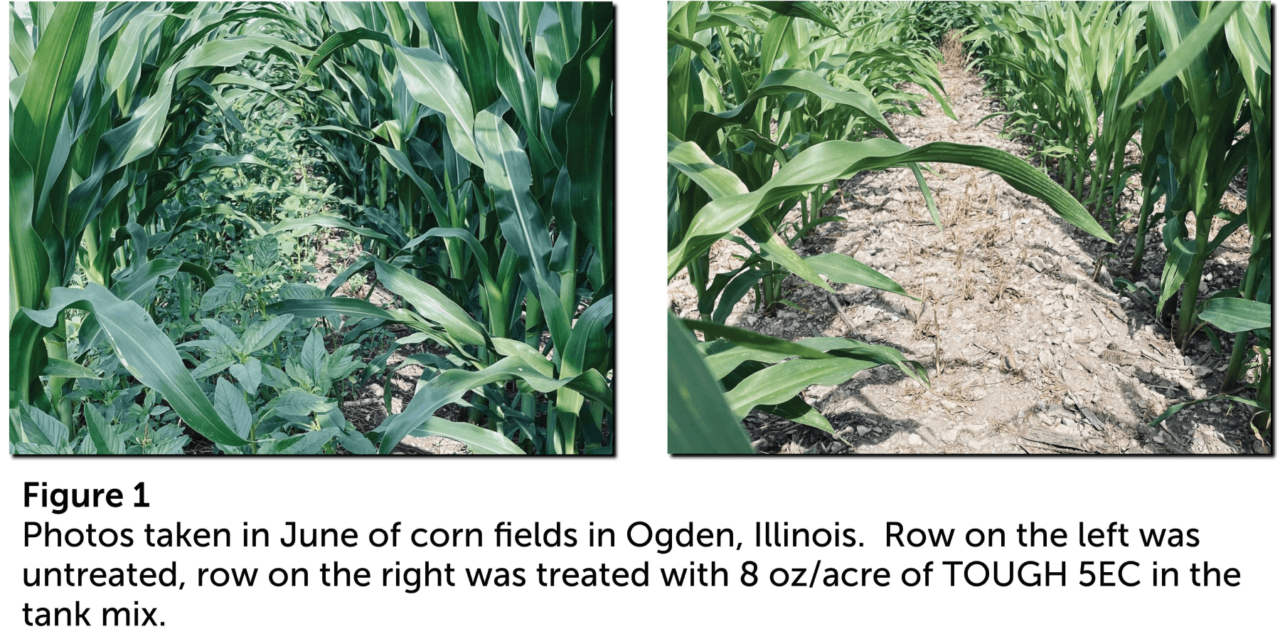Current Events Accelerating Ag Retail Consolidation
This past September 1, two Indiana cooperatives sent a press release out to the general marketplace. This notice let the entire world know that effective on this date, White River Cooperative Inc. and Premier Ag Co-op Inc. were officially merging their operations. The new company will be known as Premier Companies.
In the release, Premier CEO Harold Cooper made the following statement: “This merger of cooperatives who shared similar cultures and unique understanding of agriculture and energy markets will enable us to offer ever-growing expertise and offerings to our customers.”
And with that, another pair of independently successful ag retailers became one. This added to a virtual laundry list of such ag retail mergers that have taken place over the past two years. This includes such massive ones as Indiana cooperatives Co-Alliance and Harvest Land Cooperative (which took place in March 2021) and Agri-AFC/Tennessee Farmers Cooperative/Greenpoint AG (which happened one year ago).
Then there was Iowa cooperatives MaxYield Cooperative and NEW Cooperative Inc., which formally merged in August. “We welcome the members and employees of MaxYield to NEW Cooperative,” said Dan Dix, General Manager of NEW Cooperative, in a press release. “I look forward to leveraging the value that this merger brings to the combined memberships and employees of both organizations.”
In addition, this merger trend is even taking place on a somewhat smaller scale. In September, The J.R. Simplot Co., headquartered in Boise, ID, announced that it had acquired Precision Partners LLC, based in South Charleston, OH.
“We’re thrilled to expand products and services into Ohio, and we welcome the new employees, customers, and partners to Simplot Grower Solutions,” said Simplot AgriBusiness Division Vice President and General Manager of Retail Business Troy Bolt. “We look forward to bringing value to the growers and communities we serve and working together to contribute to feeding our world.”
Examining Why
Given all this recent activity in ag retail consolidation, the natural question to ask is why is this happening now? According to Brent Low, Vice President of Agronomy for Ag Partners LLC, the answer ties back to one word: Change.
“Agriculture is changing at a record pace,” says Low. “Cooperatives have an obligation to their membership to make sure they have the relevancy necessary to support them into the future. Cooperatives have to look for ways to further enhance the customer experience while making sure the business is sustainable.”
And Low speaks from experience on this front. Recently, Ag Partners’ parent company, Alceco formally merged with another Iowa-based cooperative, First Cooperative Association (FCA).
“This is a merger of equals,” said FCA Board President Charles Specker, announcing the merger. “By joining together, we will become the leading cooperative in Northwest Iowa, which provides significant advantages to our members.”
Not coincidentally, this jives with comments other ag retailers have made about consolidation. For example, take this statement from Sunrise President/CEO George Secor regarding his company’s merger with Trupointe Cooperative back in 2016: “We were both coming off really strong financial years. At the same time, I kept telling our board that with what was going on across the agricultural space, the decks could easily get reshuffled, and we could suffer as a company. In fact, I reminded them that 10 years ago, Sunrise and Trupointe each would have easily ranked in the Top 10 cooperatives in the country based upon our sales volume. However, by 2015, neither of us ranked in the Top 20 among cooperatives anymore, despite doing financially fabulous.”
Other Factors to Consider
Nonetheless, there are other factors at work driving ag retail consolidation in 2021. According to Stephanie Peterson, Communications Director for Central Farm Service, one of these is risk.
“Elevated risk levels are causing us the most stress going into 2022,” says Peterson. “Risk for growers and the cooperative has gone up regarding costs to serve, cost of goods to sell, and general input prices.”
Of course, many of these cost/supply issues tie back to the big event impacting the entire global economy during 2020-21: The ongoing COVID-19 pandemic. Due to lockdowns and plant shutdowns in many parts of the world, supply chains across the globe were severely disrupted. Naturally, this led to product shortages and price increases.
According to many industry observers, COVID-19 also made one of agriculture’s most persistent issues even worse: Finding and retaining labor. Based upon statistics from the 2020 CropLife 100 survey of the nation’s top ag retailers, 14% said that ongoing labor shortages were a constant problem at their companies. Ag Partners’ Low says this hasn’t changed in 2021. “The industry is facing employee shortages,” he says.
But finding top labor could at least be a consideration for some of today’s ag retail consolidations, says Mark Waschek, Vice President of Agronomy for Ag1Source, a recruiting firm for the agricultural market. “Everyone is in defense mode right now,” says Waschek. “Cooperatives have invested heavily into their infrastructures over the years, so they want to find good labor to manage them.”
No matter the underlying reasons of it, industry insiders expect the ag retail consolidation trend to continue unabated over the next few years. “Consolidation has been occurring for decades at all levels of the food chain,” says Ag Partners’ Low. “Core to any business is the customer experience and investing in the development of the employee team. If ag retailers do this right, all the rest will fall into place.”






